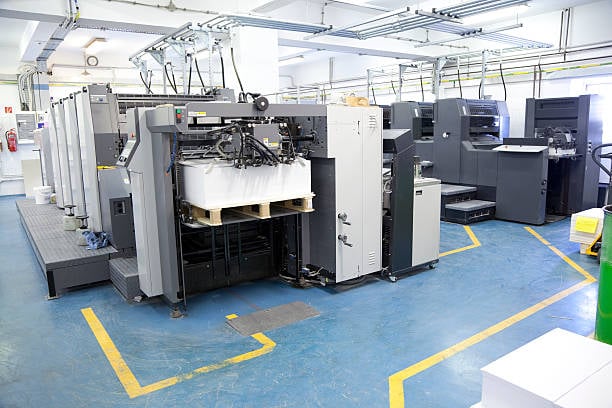Did you know that in 1663, Germany produced the first magazine? Did you know that the Romans wrote on wax tablets that were linked together with twine before the Europeans used paper? It is simple to take printed content for granted in today's world because it is so prevalent. However, a rich and intriguing past is revealed when one studies the history of print binding. Here are a few notable moments in printed material binding history.
How Does Print Binding Work?
In print binding, pages are bound together, typically with stitching, glue, or staples. Even though Mesopotamia and Egypt were among the first ancient civilizations to use writing, books and periodicals have a much more recent past. Over the years, the method of binding printed material has changed, enabling the recording, preservation, and dissemination of written text. Major developments in the method met a variety of needs:
- To enable the binding of additional pages together
- To increase toughness
- To make the book portable and easy to read To make the book more aesthetically pleasing by adding cover art
- To lower the cost of production and materials
Backgrounds on Print Binding
-
India Produced the First Books
Around 100 BCE, the earliest items that resembled contemporary books were made in India. They were crafted from palm leaves that had symbols engraved onto them. The palm leaves were folded and twined together after drying. It's interesting to note that these leaves were numbered, just like modern book and magazine pages. In the first century BCE, Buddhist monks utilized this format for their sacred sutras, and they later brought it to Afghanistan and China.
-
The First Books Published in Europe Had Flat Spines
Folding parchment pages and stitching them together with cords were common binding techniques from the fifth through the fifteenth centuries. They were then fastened to leather-wrapped, hardwood coverings. Because leather allowed for artisanal ornamentation, which eventually led to the development of modern cover art, leather gained popularity. These books flat spines made it possible for them to rest evenly on a surface while being read. Due to their increased durability, rounder spines took the place of flat ones in the 15th century.
-
The Chinese Made Paper First
In China, the paper was first utilized in the second century BCE in a crude form. In the first century AD, advances in paper composition led to a rise in its use. Cai Lun, a eunuch of the Eastern Han court, was the one who started these reforms. During the Islamic Golden Age, which began in the eighth century, paper use began to spread across Arab cultures. Arab bookmakers prospered, especially in Marrakech, Morocco, and other significant cities. The use of paper by European bookmakers dates back to the late Middle Ages.
-
Periodicals Date Back to the Seventeenth Century
The first journal was published by the German Johann Rist in 1663 under the title "Edifying Monthly Discussions." It was shared among the educated elite for five years and served as an inspiration for similar formats in Italy, France, and England. Periodicals gained popularity in Europe during the 1700s as interest in literacy increased, particularly among women. Herbert Ingram, an Englishman, recognized the business possibilities of using both text and graphics in 1842. The first illustrated magazine was made by him.
People from all across the world have contributed to the history of print binding throughout time. The advancements in printing technology, from the scroll to the rolling press, have increased information accessibility and permanently altered how ideas travel around the globe.
For the best printing services, get in touch with HUIDA. Our techniques make use of the most cutting-edge and reasonably priced procedures available, and we are happy to be a part of the rich history of the printed word.

